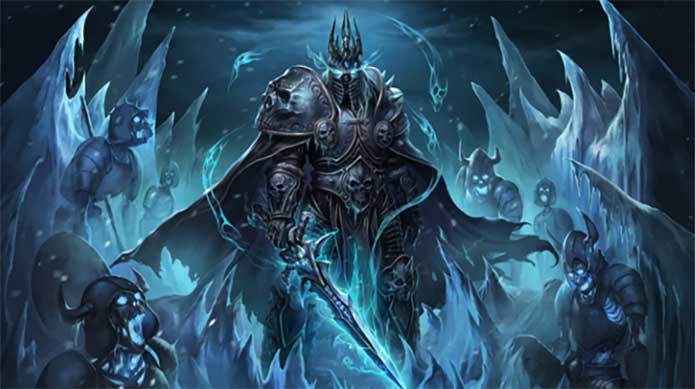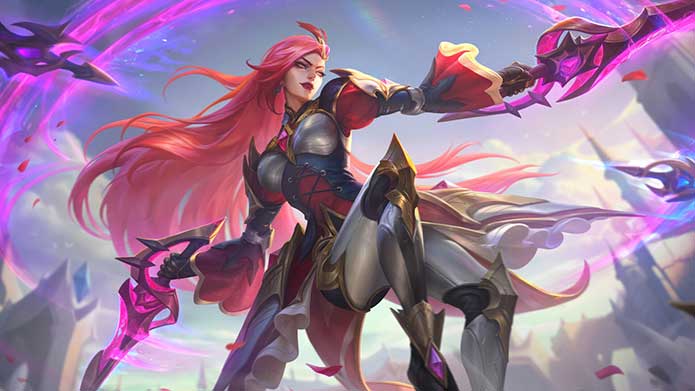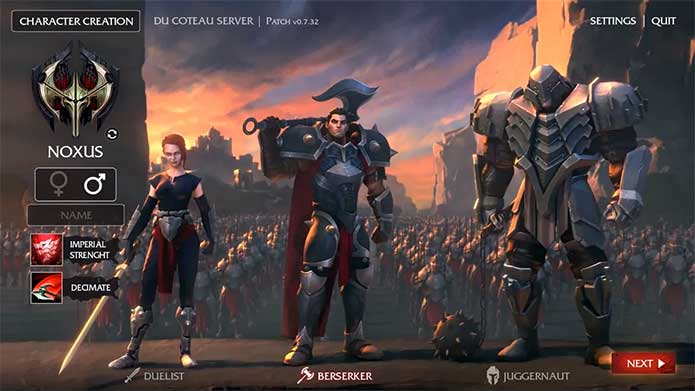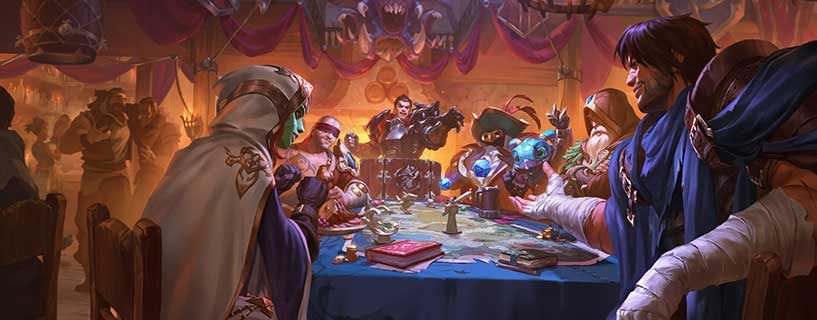World of Warcraft has shaped the MMO landscape since it launched in 2004. For many players, it introduced the magic of exploring vast fantasy worlds with friends, battling dragons, and joining large-scale raids. Over the years, millions of gamers have come to know Azeroth’s heroes and villains in a way that defined the genre itself. But even giants can stumble. In the eyes of some fans, WoW’s recent expansions haven’t matched the creativity of earlier ones, and the game’s systems feel increasingly complex or repetitive. While WoW still has a dedicated following, many players and observers are asking: “Is it time for a new king in the MMO world?”
Riot Games, the studio behind League of Legends and Valorant, might be answering that question with its upcoming MMO set in the world of Runeterra. If you’ve played League of Legends, you know Riot excels at competitive gameplay, frequent updates, and active community engagement. Still, launching an MMO is a massive task. Blizzard itself once reigned supreme, yet has faced criticism for expansions that lacked the spark of earlier content. Can Riot’s new project bring fresh life to the MMO scene and even surpass WoW in popularity?
Below, we’ll explore what makes WoW iconic and why it’s currently in a rough patch. We’ll then dive deep into the details of Riot’s MMO, from its lore to its stated design goals. We’ll also talk about how Riot’s strengths—competitive gameplay, high-quality storytelling, and a thriving esports scene—might translate into MMO success.
World of Warcraft’s Legacy
The Foundation of Modern MMOs
 When World of Warcraft released, it was more accessible and immersive than most online games at the time. Quests were user-friendly, the art style was colorful, and the world felt vast yet cohesive. It wasn’t just a game; it was a social platform. Guilds formed, friendships blossomed, and players built real-life connections through their virtual adventures.
When World of Warcraft released, it was more accessible and immersive than most online games at the time. Quests were user-friendly, the art style was colorful, and the world felt vast yet cohesive. It wasn’t just a game; it was a social platform. Guilds formed, friendships blossomed, and players built real-life connections through their virtual adventures.
Throughout its various expansions—The Burning Crusade, Wrath of the Lich King, Cataclysm, and so on—WoW kept innovating. It added new regions, storylines, dungeons, raids, PvP battlegrounds, and more. Blizzard also tried out new systems like the Artifact Weapons in Legion or the Covenants in Shadowlands. Some were successful, some less so, but each expansion felt like a significant event. Now, however, a growing number of players say WoW’s expansions feel hit-or-miss, with many longing for the game’s earlier days.
Current Frustrations
One of WoW’s core issues is that expansions and game systems can become bloated. Players often have to keep track of many progression mechanics—legendary items, covenant abilities, artifact powers, essences, and so forth. The layering of these systems can confuse new or returning players. While Blizzard has tried simplifying some aspects, critics argue they do so at the end of each expansion, making the middle of an expansion cycle feel cumbersome.
There’s also a story fatigue. After nearly two decades, the Warcraft universe has gone through multiple major villains and massive world-altering events. Though the lore is still extensive, some feel it’s lost the spark that made early expansions memorable. As a result, players seeking new narratives might look elsewhere.
Despite these challenges, WoW still has millions of loyal players who enjoy its raids, PvP, and world events. The question is whether a new game can offer something more compelling—or at least different enough—to draw people away from Azeroth. That’s where Riot’s MMO enters the conversation.
The Rise of Riot Games
From One Game to a Multimedia Empire
 Riot Games built its foundation on League of Legends, which launched in 2009. Over time, it became one of the most-played PC games worldwide, known for its competitive scene, evolving champion roster, and global esports events. Riot then branched out with Teamfight Tactics (an auto battler), Legends of Runeterra (a digital card game), Valorant (a tactical shooter), and even an Emmy-winning animated series, Arcane. This shows a pattern: Riot rarely rushes a product. It spends time polishing and tries to maintain a strong relationship with its audience through frequent updates, dev diaries, and community events.
Riot Games built its foundation on League of Legends, which launched in 2009. Over time, it became one of the most-played PC games worldwide, known for its competitive scene, evolving champion roster, and global esports events. Riot then branched out with Teamfight Tactics (an auto battler), Legends of Runeterra (a digital card game), Valorant (a tactical shooter), and even an Emmy-winning animated series, Arcane. This shows a pattern: Riot rarely rushes a product. It spends time polishing and tries to maintain a strong relationship with its audience through frequent updates, dev diaries, and community events.
Competitive Culture as a Strength
One thing Riot does well is fostering a competitive community. League of Legends regularly updates champion balance, item builds, and gameplay mechanics. This keeps the meta fresh, but also ensures that high-level players remain engaged. In Valorant, Riot has done the same with agents and maps. This dedication to competitive balance could be a big advantage when designing an MMO, especially for players who enjoy PvP arenas, battlegrounds, or large-scale faction conflicts.
Many MMOs struggle to balance PvP and PvE. Riot’s track record suggests they’ll give PvP serious attention, which might be a major selling point. World of Warcraft has dedicated PvP players too, but many feel the experience can become repetitive, especially when expansions drag on. If Riot offers a well-tuned PvP system right out of the gate, it could draw players who want intense battles in a persistent world.
Riot’s Upcoming MMO: Deep Dive
Riot announced its MMO project in late 2020. Since then, details have been scarce, but enough information has emerged to form a basic outline. For a more detailed look on Riot MMO, check out this blog post by UnrankedSmurfs, which follows Riot news closely.
 Runeterra as the Setting
Runeterra as the Setting
Runeterra is the shared universe of League of Legends, Legends of Runeterra, and Arcane. It includes regions like Demacia, Noxus, Piltover, Zaun, Ionia, Bilgewater, the Freljord, Shurima, and others. Each region has unique geography, politics, and champion backstories. Riot has spent over a decade expanding this lore, releasing comics, short stories, and an animated series.
Combat and Gameplay
Job postings from Riot hinted that the MMO would feature “third-person action combat,” suggesting it might feel more like an action RPG than WoW’s classic tab-target system. Riot also aims for a strong PvP foundation, possibly introducing territory control, realm-vs-realm battles, or rotating seasonal objectives.
While waiting for Riot’s MMO, fans can still explore Runeterra to get familiar with the lore.
Final Thoughts
Riot’s upcoming MMO has the potential to bring a breath of fresh air to the genre. While WoW retains a loyal community, Riot could redefine MMO success by leveraging its strengths in storytelling, competitive design, and community engagement. The next few years will reveal if Riot’s ambitious project can live up to its promise or if WoW will maintain its throne.


 by Symphonie
by Symphonie
It was a very interesting game, there were times when I played Warcraft almost every day.